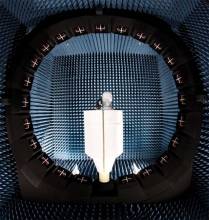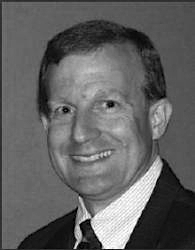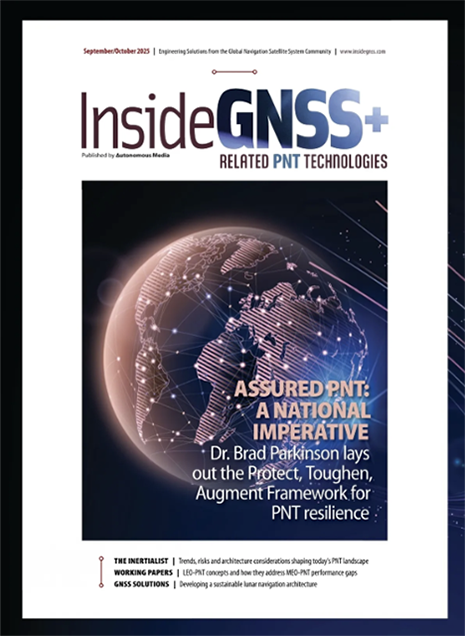GNSS Positioning and Precise Timing
 Francine Vannicola, Naval Research Laboratory
Francine Vannicola, Naval Research LaboratoryAs the forthcoming “Time and Navigation” opening next March at the Smithsonian National Air and Space Museum reminds us, modern navigation depends profoundly upon time — the more precise, accurate, and stable a navigation system’s timing is, the more precise, accurate, and stable its positioning capability.
By Inside GNSS






















